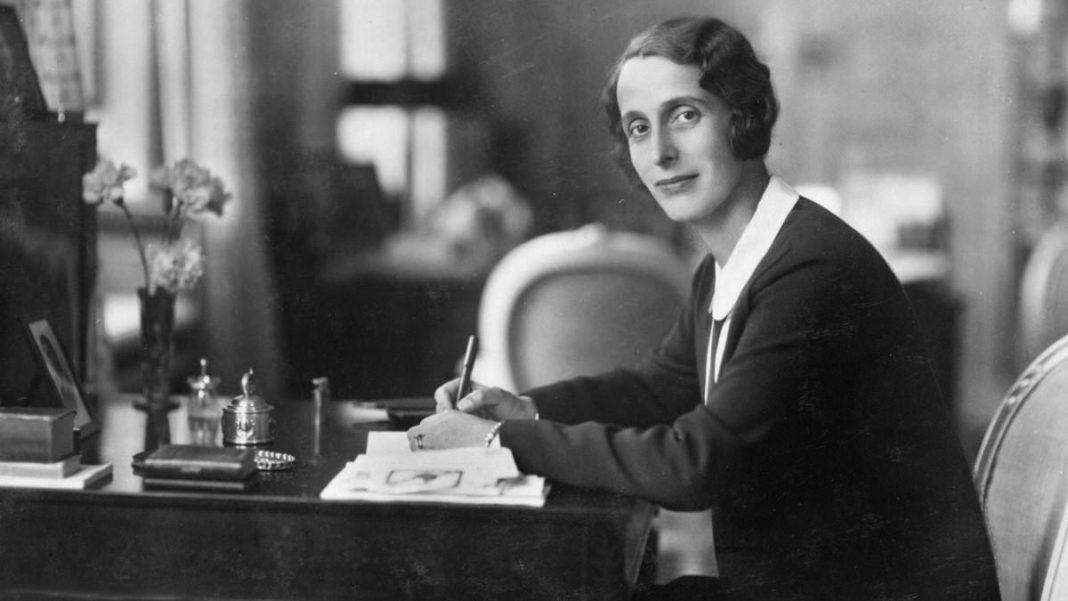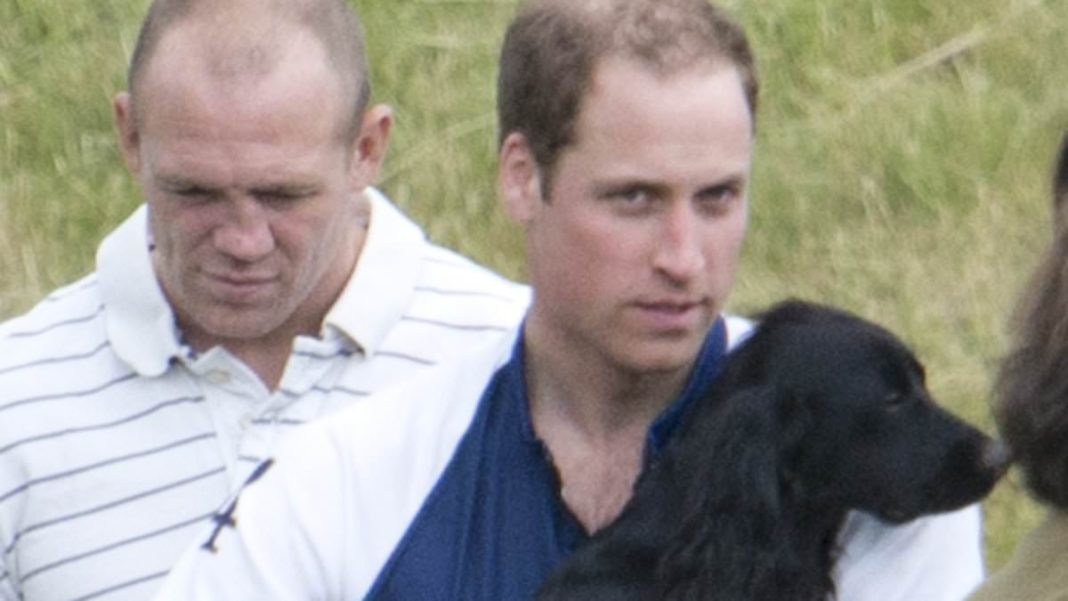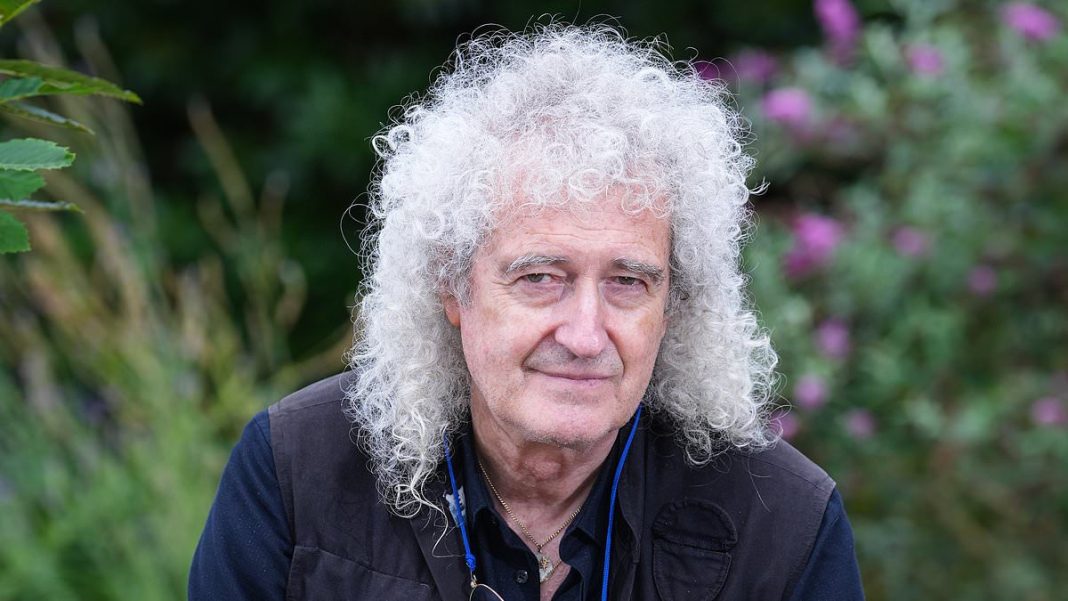Princess who was engaged to a penniless artist born above a fish shop,
She was born in a vast castle on the banks of the Rhine and grew up in Kensington Palace, while he was born over the family fish shop in Perth, Scotland.
But when they met in France during the First World War, they formed such a passionate bond that, against all royal protocol, they pledged to marry.
Princess Louise of Battenburg came from one of Europe’s noblest families. Her brother, Louis, was created Earl Mountbatten of Burma, the ‘honorary grandfather’ of King Charles III, and her sister, Alice, became mother to Prince Philip.
Her lover, Sandy Hill, on the other hand, was a penniless artist who made ends meet by selling his paintings to anyone who would buy. Their worlds could not be further apart.
Yet, in a field-hospital in Nevers where they both worked as volunteer nurses during the First World War, they fell in love. ‘He is the person I have always looked for and thought I should never find,’ sighed Louise. ‘He understands love and marriage in the same way I do.’
Sandy, whose father Willie Hill ran a successful fishmongery business in Perth’s High Street, had been a talented student at Edinburgh School of Art, winning a travelling scholarship which allowed him to travel extensively across Europe. Paris became his home and Louise joined him there as the First World War came to an end.
At first, her mother Princess Victoria – granddaughter of Queen Victoria – was charmed by her daughter’s unusual choice of boyfriend.
‘Witty and shy, a thoroughly good fellow,’ she wrote. ‘The quaintest of men – Scotch by birth, affected in manner, with head like a picture of Shakespeare.’
But not everyone thought it would make an ideal match.
Sister Princess Alice remarked: ‘He is quite well-known, and a great future is predicted for him. But he looks so odd and eccentric – I went around London with the two of them, but everyone turns in the street and laughs at him. She is madly in love with him, but he is so incredibly affected.’
It didn’t stop the oddly-matched couple from becoming secretly engaged – an engagement which was to last for two years before Louise had the courage to admit to her parents that Sandy was the one for her.
The painter, now calling himself Alexander Stuart-Hill – presumably to fit in better to his fiance’s social milieu – was invited to stay with Louise’s parents. The initial introduction went off pretty well but, when he paid a return visit, Louise’s father – a former First Sea Lord who’d been forced to ditch his German titles and become Marquess of Milford Haven – realised he had to call a halt to the romance.
‘He finally was forced to tell Louise that she could not marry him because he was homosexual,’ writes Hugo Vickers in his biography of Louise’s sister Alice.
‘In those unsophisticated times, Louise had grown up unaware of what homosexuality was, or indeed that such a possibility existed.’
Her mother had, indeed, remarked upon Sandy’s hands – ‘He will do the most prosaic and dirty work in spite of beautiful, long, manicured nails on his white hands’ – while completely missing the point. But even she must have been startled at his rouged lips and be-ringed fingers.
The breakdown of the relationship, writes Vickers, was ‘traumatic’ and left Louise, now aged 29, convinced she was on the shelf for ever.
Sandy eventually moved back to London, set up a studio in Chelsea, and became part of the 1920s smart set, counting the author Evelyn Waugh among his friends.
He became much sought-after as a portrait painter, his subjects coincidentally including Arthur Lupton, whose sister Olive Lupton Middleton was great-grandmother of the current Princess of Wales. He never married.
Louise meanwhile had no further hopes of ever marrying when at the age of 34 she met Crown Prince Gustav of Sweden, a 41-year old widower. ‘Her engagement took everybody by surprise, not least Louise herself,’ writes Vickers. ‘But she had found a rare man.’
She became Queen of Sweden in October 1950 at the age of 61 when her husband ascended the throne, and proved to be immensely popular as a royal consort both at home and abroad.
She became delightfully dotty. When travelling abroad she’d use the pseudonym ‘Mrs Olsson’ and take with her a platoon of Pomeranian dogs which she attempted to hide under her clothes when going through Customs, causing endless problems.
Indeed Queen Louise remained eccentric to the last, a carefree jaywalker who’d blithely ignore the traffic as she wandered across London’s streets. On one occasion she was nearly hit by a double-decker bus and thereafter – just in case she ever got knocked over – she kept in her purse a small piece of card to identify herself.
It said, quite simply, ‘I am the Queen of Sweden’.









